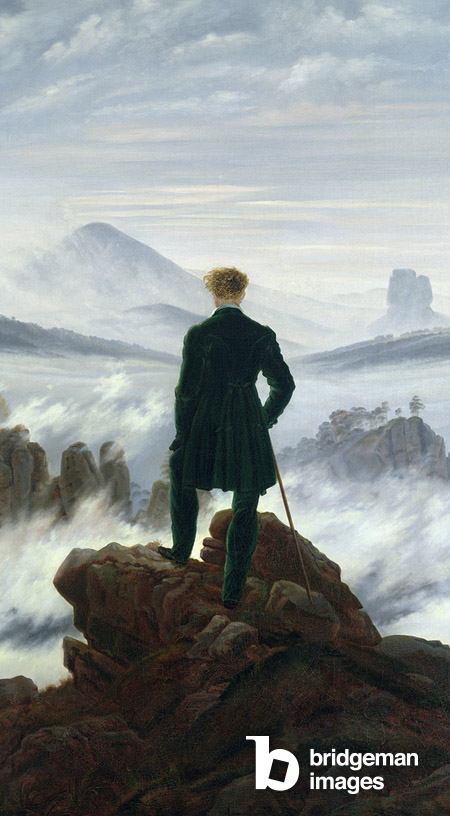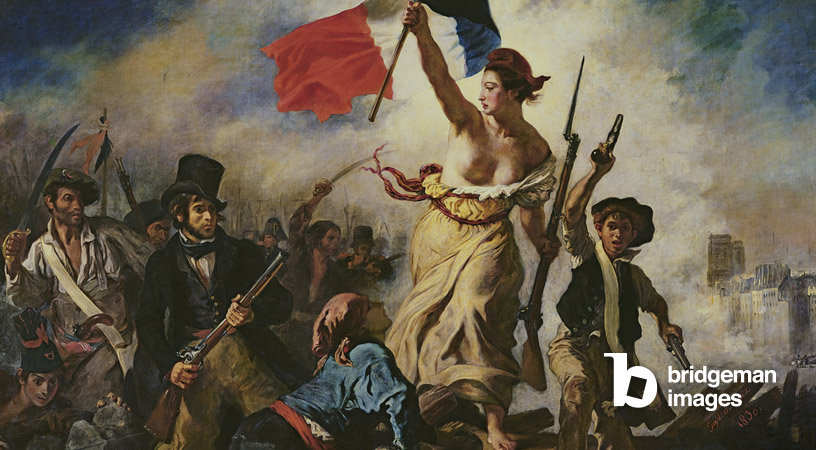Romanticism emerged in the late 18th century as a reaction to the Age of Enlightenment and its accompanying rationality. Romantic artists turned towards more intimate and personal subjects, seeking to express their deep emotions and feelings.
Appearing in the late 18th century, Romanticism was initially a literary and musical movement. Romantic art in painting subsequently emerged as a form of expression for the inner feelings and opinions of the painters of that era.
View our selection of work from the Romanticism era
The birth of Romantic painting is rooted in a unique political and social context, prompting artists to express their emotions more freely and to paint for themselves, rather than catering to patrons.
Romanticism also developed as a reaction against academic conventions and Neoclassicism (1760-1800). This artistic movement advocated for an idea of beauty inspired by antiquity, which was revered by classical artists. They prioritized rationalism, and virtue, a radically contrasting approach to the Romantic conception that highlights fantastical and imaginary worlds reflecting the emotions of the artists.

Among the most famous works of the Romantic movement, we find Eugène Delacroix's "Liberty Leading the People," which is also an expression of his political views. It is an allegory of the revolution that took place in Paris in 1830. Caspar David Friedrich's "Wanderer above the Sea of Fog" is a magnificent example of Romantic thought.
The landscape evokes an intense sensation here, full of mystery, surrounded by natural forces. The Romantic landscape becomes almost irrational, fully expressing sensitivity while challenging rationalism. Far from being ordered and defined, it presents itself as a symbol of power and passion.

Romantic artists aspired, above all, to express their subjectivity and their vision of reality.
Turner's colors are synonymous with Romanticism. It is as if the painter's purpose is to evoke emotions and stimulate the viewer's imagination. According to Goethe, cool tones are associated with negative, sad, and pessimistic values, while warm tones are linked to positive and optimistic values.

Romanticism abandoned heroic themes and historical subjects inspired by Antiquity, to which academic art was strongly attached. Romantic artists prefer to transcribe what they observe in the world around them. Instead of conforming to the tradition of traveling to Rome, they head towards the Mediterranean basin, the countries of North Africa, as well as Greece, Spain, and other European lands, including some Northern European countries. From their travels, artists bring back new subjects to explore, thus cultivating a new enthusiasm for Orientalism.
View our selection of work from the Romanticism era
Get in touch with our team; we are always delighted to assist you in your research, without any obligation or additional cost.



